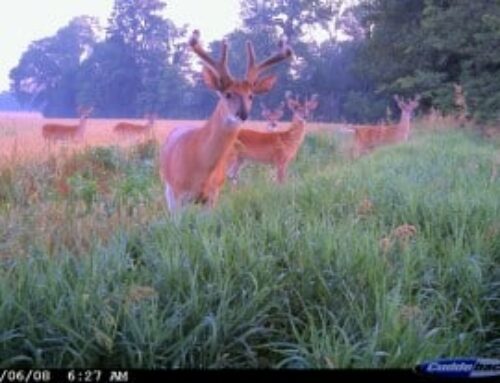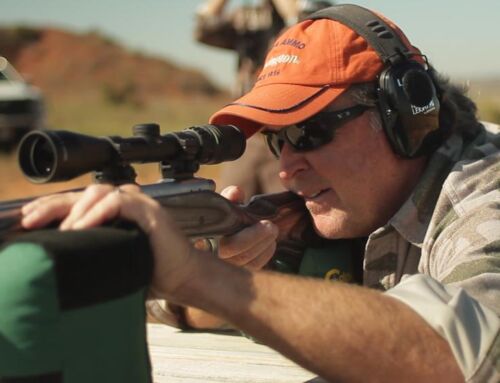 If you’re still hunting and trying to fill a buck tag, remember:
If you’re still hunting and trying to fill a buck tag, remember:
Afternoon hunts are best in late season. Deer move from their beds to a cornfield or beans or a thicket or a weedy pasture or a bait pile–anywhere they can find last scraps of food. When you hunt a food source, the wind can’t blow back toward a bedding cover or a travel lane out, and it can’t swirl out into a field where the does will pop out first. Set up downwind of a trail or funnel where your scent will blow back into a dead zone in the timber where no deer will hopefully come out. If just one doe winds you and starts blowing, you won’t see a buck that night.
Go for perfect access. With deer stressed and wired in winter, access to your stand is critical. Try to slip into and out of a spot without a single deer seeing you. If you can’t use something like a ditch or creek bank to cover your moves, don’t risk it. If you bump one doe you’ll spook a bunch of deer. They’ll blow out of the area and they’ll probably change their pattern. Sneak to your stand early in the afternoon—at least 3 hours before dark—so no deer will spot you.
Watch hidden fringes, like the edges of pine, cedar or honeysuckle thickets. Bucks love to run those green edges between bedding and feeding areas, moving in little places where they feel some security.
Play off the pressure. The last days of the season, you might hear people making a last-ditch drive on an adjacent farm or woods. If so, hike up a ridge or hill and watch thickets on your side of the fence (stay inside your property and be extra careful where you aim and shoot). There is good chance some does and maybe a buck spooked by those other hunters might jump the fence and come flagging your way.





